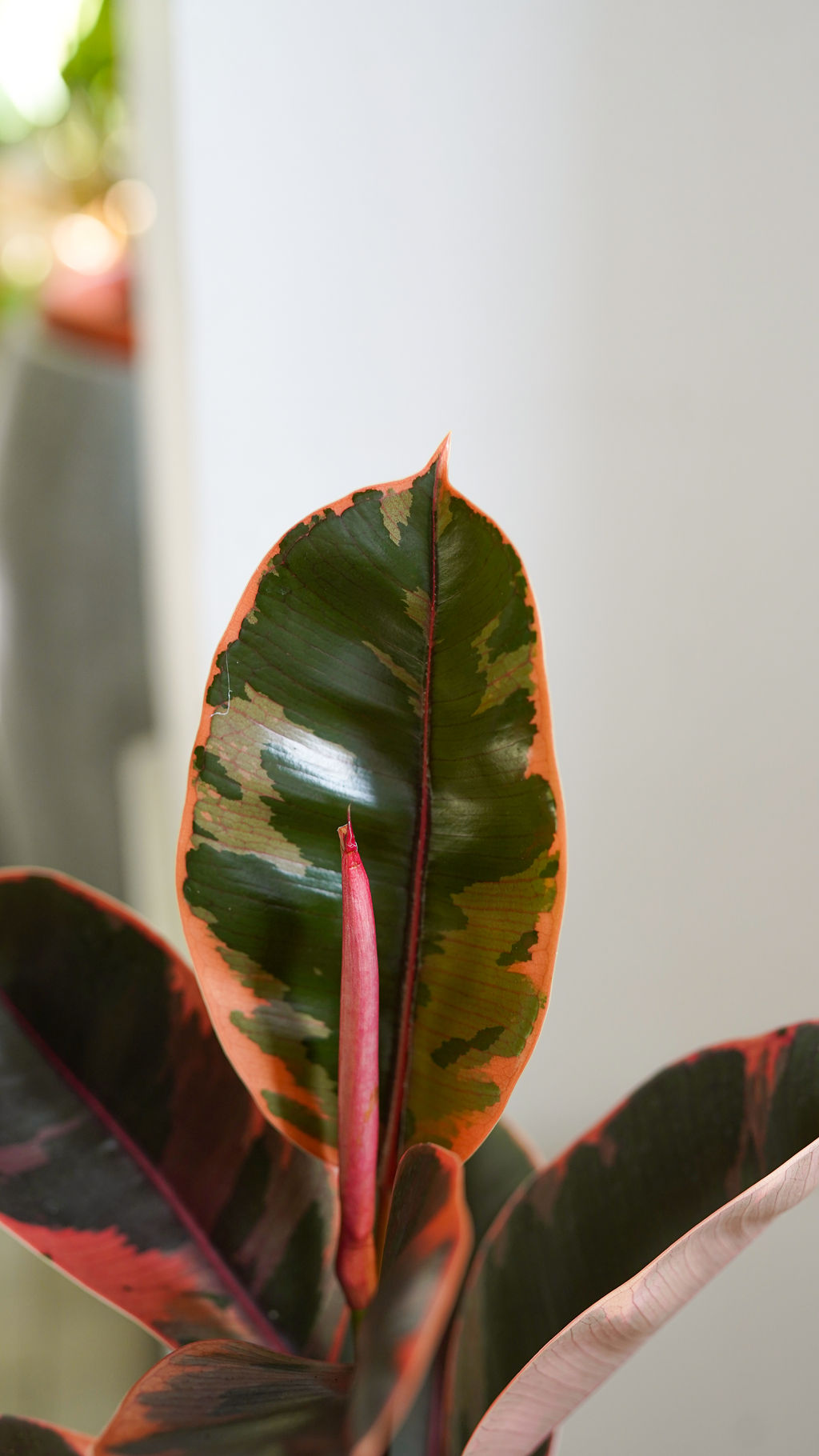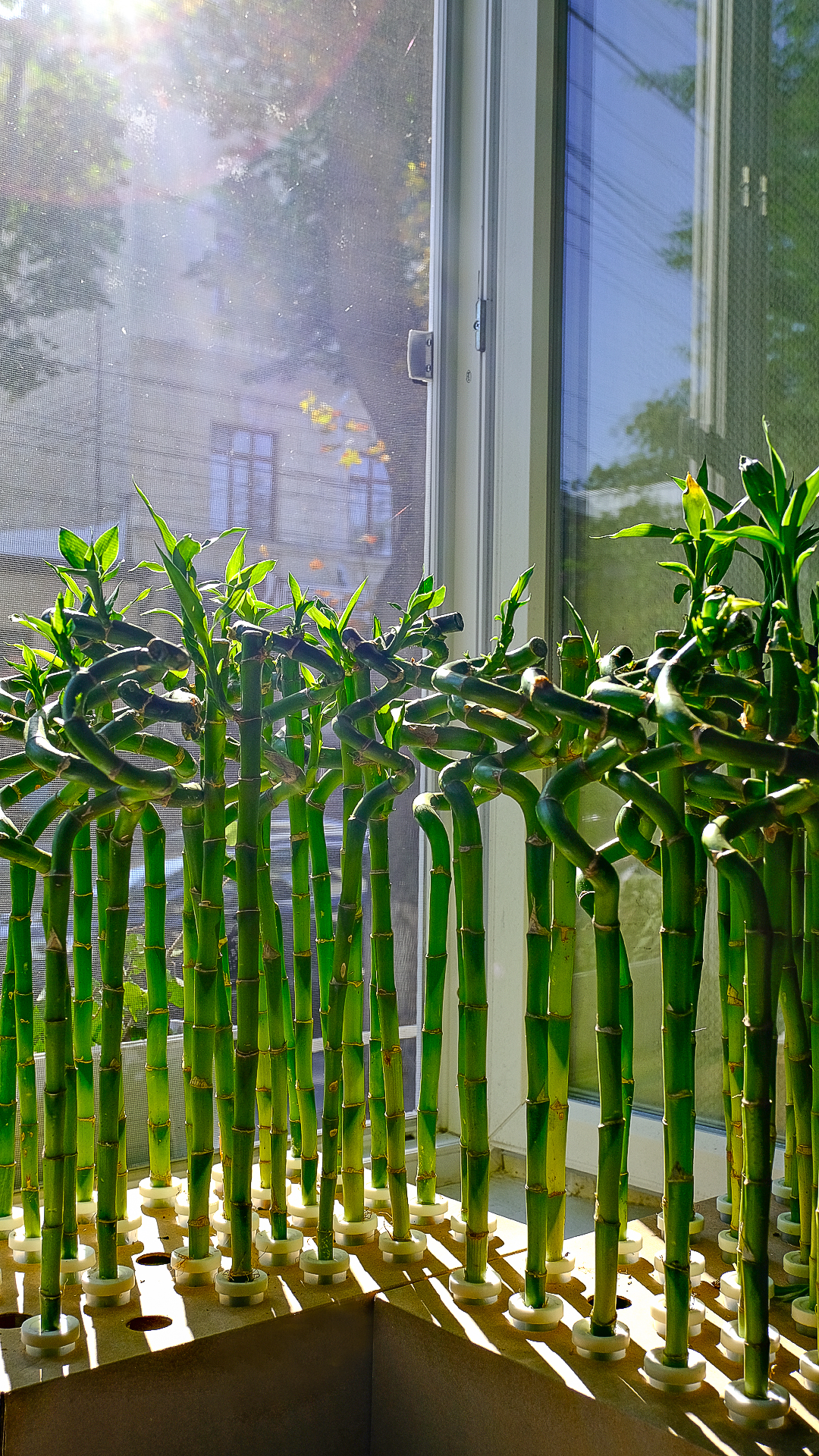-
 Schefflera Twisted
Quantity: 1 7.500 MDL
Schefflera Twisted
Quantity: 1 7.500 MDL -
 Natural Plant Insecticide
Quantity: 1 250 MDL
Natural Plant Insecticide
Quantity: 1 250 MDL -
 Ficus Ginseng
Quantity: 1 550 MDL
Ficus Ginseng
Quantity: 1 550 MDL
Subtotal : 8.300 MDL































